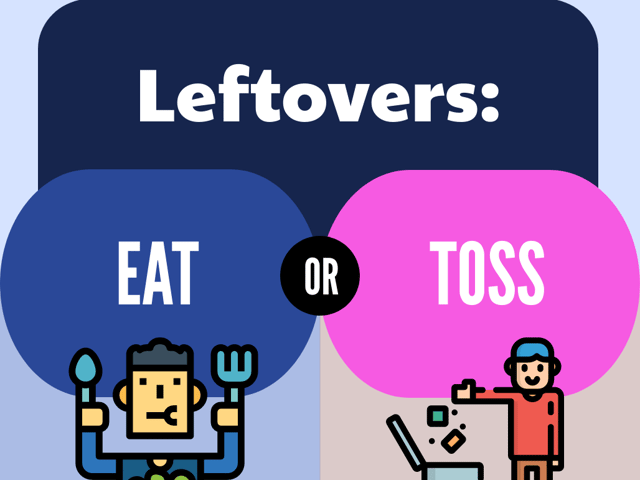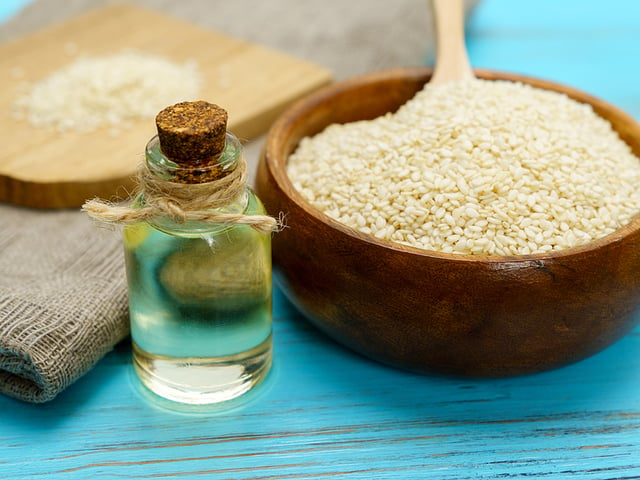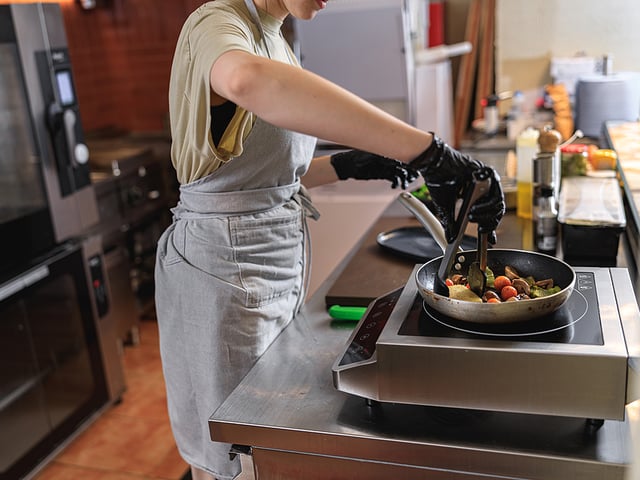
Leftovers: Eat or Toss?
Whether you’re cooking a casual dinner at home, meal prepping for the week, or ordering takeout, once you save a prepared food, that food becomes leftovers. And leftovers are great! Tomorrow’s lunch is done. But do you know how long you have before they go bad?
You’d think the clock starts ticking the moment your leftovers enter your refrigerator, and it does, but to save and store leftovers like a foodservice pro, there are a few factors about the path to your refrigerator that need consideration to make sure your leftovers stay safe.
Time and Temperature
Foodservice professionals understand that time and temperature are what lead to bacterial growth that, in turn, makes foods “go bad” and potentially make you sick. Keeping bacterial growth under control means hot foods should stay hot and cold foods should stay cold. So when the dinner you cooked sits out in pots on the stove or in serving dishes on your table, or your takeout or leftovers take a long car ride home, they’re not being kept hot or cold enough to be safe.
Time and Bacteria
Foodservice pros also know that bacteria can grow very quickly if enough time has passed, so foods shouldn’t stay out on your stovetop, in serving dishes on the table or buffet, or in an unrefrigerated takeout container for too long. You’ve got four hours to get them to refrigeration.
Food Quality
Foodservice professionals also utilize their understanding of food quality to make sure foods aren’t unsafe before being saved, so take note of the food’s appearance, texture, and odor. If your food is mold free, has the desired color and texture, and doesn’t have an unusual or off-putting odor, it’s good to go into the fridge and become leftovers.
The Most Dangerous Foods
Certain foods grow bacteria more easily than others and these foods are known to foodservice professionals as requiring time and temperature control to be safe. These foods are meats, eggs, fish, sliced produce, dairy products, and cooked vegetables and grains, to name a few, and these foods need extra care and consideration when saving. Food safety certification guides suggest foods in these categories should be eaten or thrown away within seven days. And to avoid the guesswork, save your leftovers in bags or containers that can be labeled with either the date you put them into your fridge or seven days later when they should leave your fridge.
A Seven-Day Life
Generally, properly saved leftovers will have a seven-day life in your refrigerator as long as they’re kept cold enough, which in the case of a refrigerator, is below 40 degrees Fahrenheit. But remember what foodservice professionals do, and check the leftovers’ appearance, texture, and odor during their stay in your fridge. If any of those factors have changed, throw them out like the foodservice pro you are.
As long as you understand how time, temperature, and signs of quality can determine your food’s safety before they go in your fridge, you are good to save those leftovers! And always remember: “When in doubt, throw it out.”

Keep Reading

ServSafe Food and Alcohol Safety Exams Blog
How Long Does ServSafe Certification Last?
The ServSafe certification is a critical credential for professionals i…

ServSafe Food and Alcohol Safety Exams Blog
The Big Eight Food Allergens are Now the Big Nine
An allergen is typically a harmless protein that, for some, the immune …

ServSafe Food and Alcohol Safety Exams Blog
ServSafe Food Handler vs. ServSafe Manager: Which Course is Right for You?
The food service industry requires stringent adherence to safety and hy…